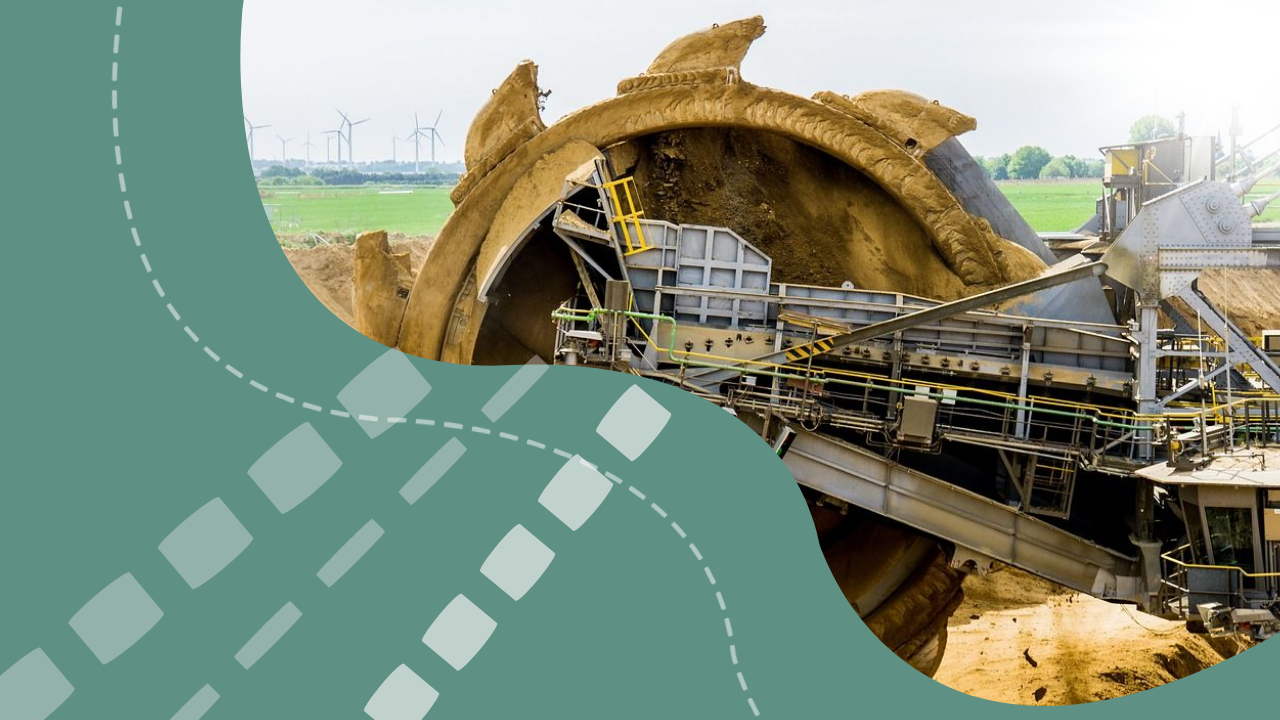The world’s second-largest economy has been struggling after a brief post-Covid surge, dragged down by huge debt due to decades of infrastructure investment and a property downturn Analysts forecast the economy will grow by just 5% this year, the slowest rate, outside of Covid years, since 1990
But Beijing in recent weeks has taken targeted steps towards supporting key pockets of its economy, lifting the mining sector off its 31-month lows In the last month, the mining index has risen nearly 10% compared with a gain of just 2 5% for the wider STOXX 600
“China is building a wall of stimulus, but they’re doing it brick by brick,” said Nathan Sweeney, chief investment officer of multi-asset at Marlborough Investment Management
“At some point people will realize they have built the wall, but it just hasn’t come all at once ”
In the last three months, China has relaxed rules around home purchases and borrowing, and cut key interest rates

